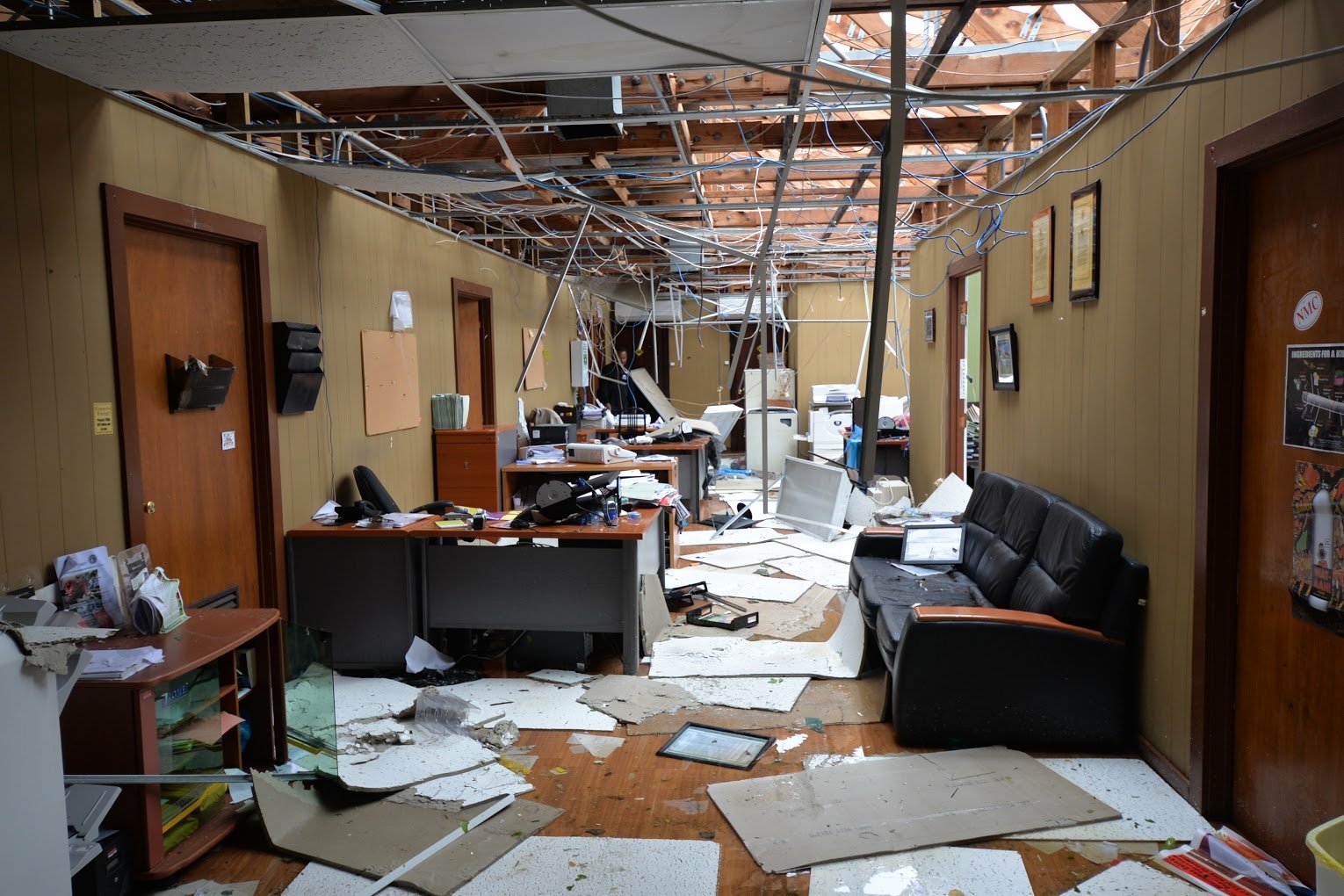You have /5 articles left.
Sign up for a free account or log in.
“No one was prepared,” said Sharon Hart.
The Commonwealth of the Northern Mariana Islands, where Hart has worked for four years as president of its only community college (and only public institution of higher education), is a United States territory that lies 2,500 miles north of Australia. By August, the island chain had already ridden out six storms this year.
“This one, even in the afternoon, we were being told was only going to have winds of maybe 70 miles per hour,” Hart said. “To most of us that’s just a storm. All of us were absolutely shocked when after midnight that night, we were hit with over … 215 miles per hour winds, which literally devastated much of the island.”
That was Typhoon Soudelor. The early August storm left dozens dead in China and Taiwan, millions without power, and thousands in need of shelter.
The Northern Mariana Islands, where Soudelor first made landfall, escaped with no fatalities, but sustained severe damage to homes, businesses and the island’s infrastructure. And Northern Marianas College, a land-grant community college serving thousands of primarily indigenous students, saw destruction on a level not seen on an American campus since Hurricane Katrina.
When Hart, president of Northern Marianas College, first stepped back onto the central campus on the island of Saipan after the storm, she said, “Truthfully, I started to cry.”
“I think sometimes when you’re on a small island like this,” Hart said, tearing up during an interview in Washington, where she is trying to rally support and funding for the college, “when you are a U.S. territory, most of the U.S. has no idea the devastation of what you’ve gone through because you aren’t on most people’s radars.”

Many of her faculty and staff members lost their homes completely. “Almost every department I can think of has lost homes,” she said.
And today, six weeks after the storm, much of the island, including Northern Marianas College, still doesn't have power. An insect collection featuring a pair of butterfly specimens preserved nowhere else on earth had to be moved off-site to Guam for cleaning. Without air-conditioning, mold is fast becoming a serious concern, particularly to the commonwealth’s state archives, which are housed on the college’s Saipan campus.
“We’re at the point,” Hart said tearfully, “of potentially losing a lot of the history as well of the island.”
Hart lived and worked out of her office for a week and a half after the storm, and many of the staff, including several deans, “put on boots” and helped with cleanup. FEMA has been providing aid and resources for the recovery process, but Hart said she will need much more support to restore the college’s cooperative research and extension facilities and even more if some of the severely damaged buildings need to be replaced.
Hart hopes her students will return to a more intact campus with power restored, but in addition to physical damage, the storm also rocked the college’s academic schedule. Summer students had to wait three weeks to take their finals (which, storm or no storm, were rescheduled eventually). And with the fall start date pushed back from mid-August to Sept. 28, faculty members will be forced to cram 15 weeks of course work into nine weeks of class. That means 75-minute sessions three times a week, rather than the standard 50 minutes.
But that doesn’t appear to have scared off students. The college is on track to meet and perhaps exceed its average of about 1,300 full-time students in a semester (and that doesn't count the thousands enrolled in noncredit programs).
“To our island, we are the opportunity to improve the situation in the commonwealth, in the Mariana Islands, and the only higher ed institution to now be devastated like this,” Hart said. “Our students can’t go anywhere else like you would have here [in the States]. We’re … surrounded by water, we’re in the far Pacific. Our students can’t leave. So they don’t have a choice. We will open our doors, we will survive this, but we’ve taken a major, major hit.”




